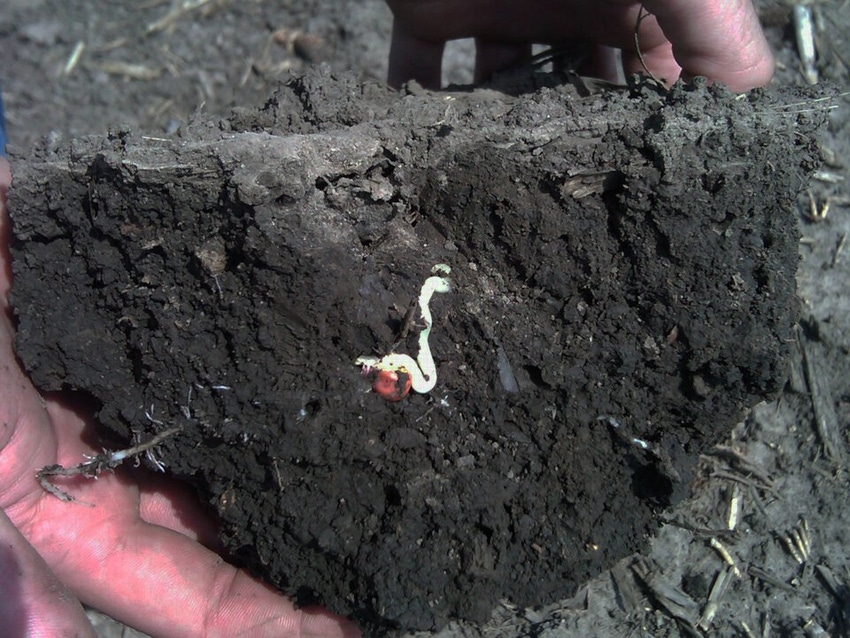April 17, 2023

Corn germination and emergence are optimal when soil temperatures are approximately 85°F to 90°F. But to maximize yield, many farmers have to risk planting in cooler April weather. Low temperatures during planting can impose significant stress on corn seedlings.
Corn seed is susceptible to cold stress after planting and throughout imbibition. Planting just before a stress event, such as a cold rain or snow, can cause significant stand loss. The chances of establishing a good stand are greatly improved if seeds are able to germinate at least one day in warmer, moist conditions before a cold-stress event.
“We want to see at least a minimum soil temperature of 50°F to get corn out of the ground while minimizing chance of injury,” said Aaron Vammer, Pioneer Field Agronomist.
Early season stress can promote seedling disease if certain conditions are met, such as the presence of inoculum or prolonged cool, wet conditions. Injury to emerging seedlings will also promote seedling disease. Injury can be caused by chilling, such as imbibitional damage, or insect feeding, such as seedcorn maggots, white grubs and wireworms.
Planting date is one of the most important factors in stand establishment. The likelihood of reduced stands is greatest when planting into cold, wet soils or directly before cold, wet weather is expected.
“To reduce the chance of cold injury, check the five-day forecast for a potential temperature drops,” Vammer said. “If you are going to plant into cold soils, plant hybrids with high stress emergence scores and the appropriate seed treatment.”
Source: Corteva Agriscience
You May Also Like




